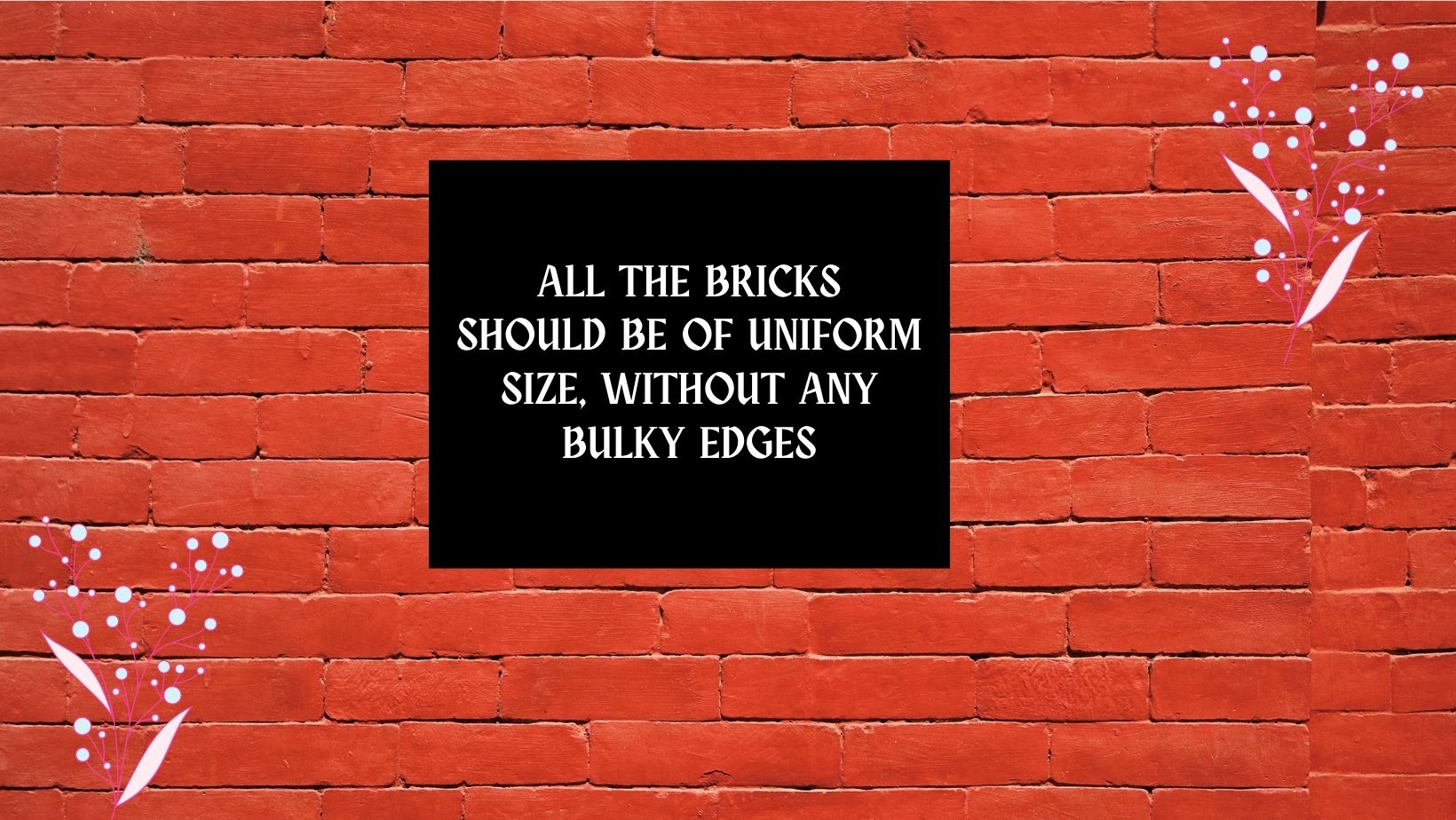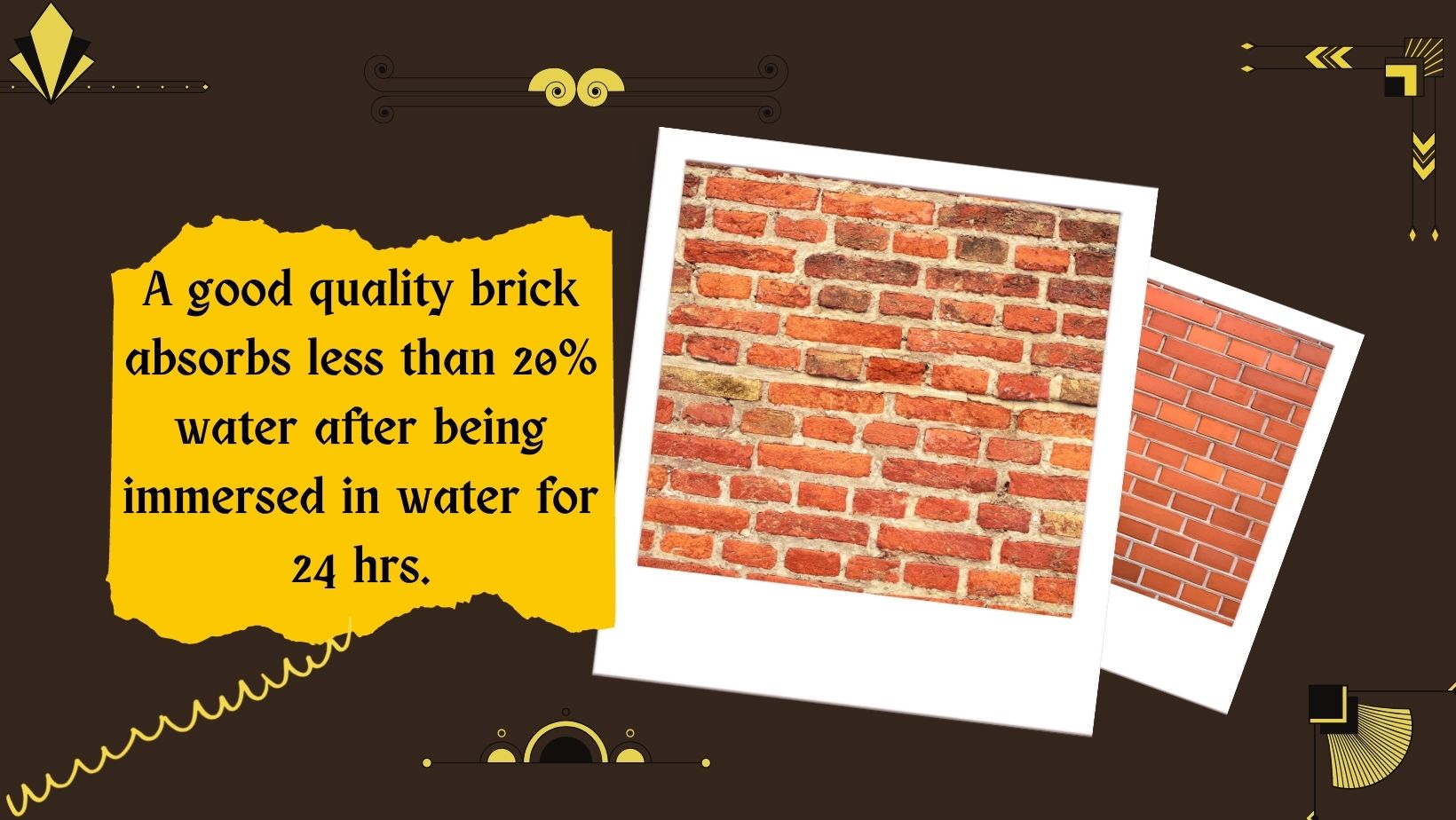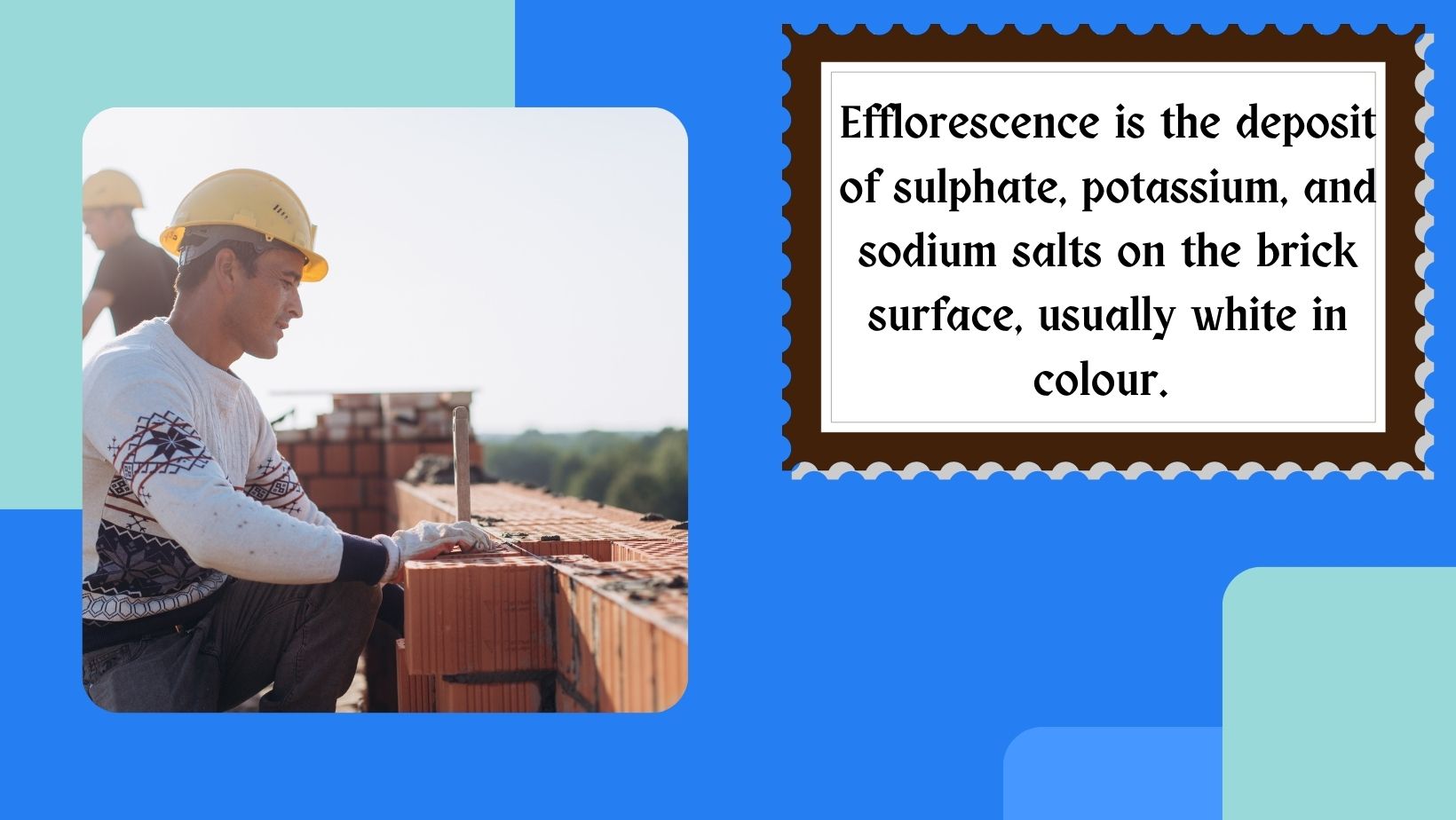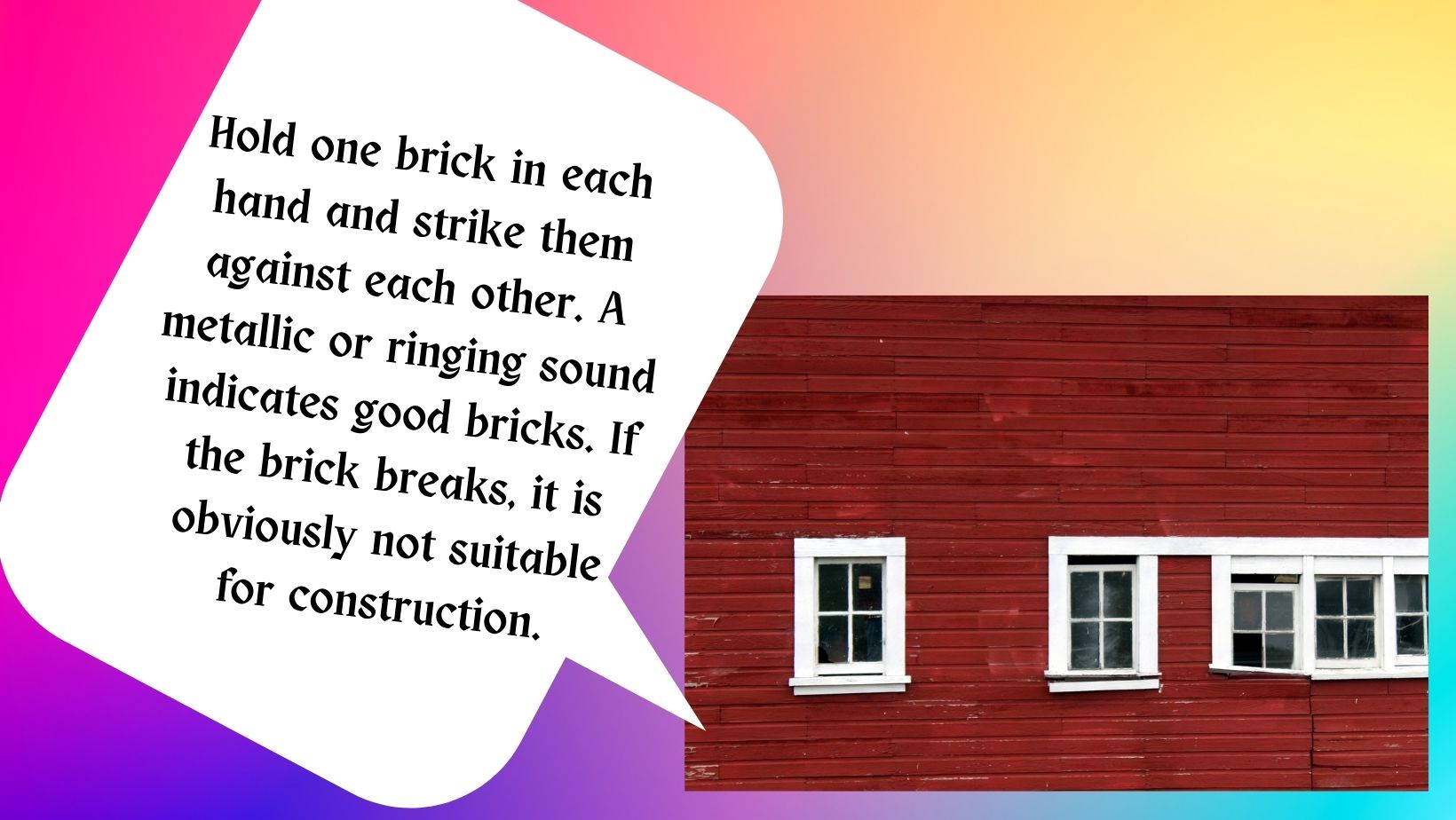How To Check The Quality Of Red Bricks For Your 2BHK Or 3BHK Home!
We are all aware that bricks are one of the most essential materials in construction. They are the building blocks of the structure, responsible for its durability and strength.
When you hire a contractor for the construction of your house, you need to make sure that all the materials he uses, including bricks, are of good quality.
The actor Will Smith once said, “I do not have to build a perfect wall today. I just have to lay a perfect brick”. We agree.
So, how do you find the perfect brick? And what can you do to ensure the quality of the bricks you are using for your construction?
In this blog, I’ll be discussing what you need to check when it comes to ensuring the quality of your bricks.
A few tests that can be done even on-site to check the quality of red bricks:
Uniform colour, size, and shape

Red bricks should be well burnt. A rich red or copper colour indicates good quality, any other shade indicates the brick is over or under burnt. In such a case, the brick loses its shape.
All the bricks should be of uniform size, without any bulky edges. The more the bulky edges, the more the mortar needed – which increases the cost of construction. Good quality bricks have sharp edges.
Hardness
Top-quality bricks resist scratches – when you scratch the brick with a sharp tool or fingernail, it should not show any sign of the scratch.
Water Absorption
A good quality brick absorbs less than 20% water after being immersed in water for 24 hrs.
What if the brick absorbs more than this? It means it will also absorb the water from cement mortar during bonding, which will affect the brick bonding strength. This is how you do the water absorption test:
(W2 – W1÷ W2) × 100

Homogeneity
A good quality brick should be homogenous and compact. Break a brick and examine it, it should be compact and lump-free.
Brick earth
The brick composition should be free of stones, kankar, and any other impurities.
Efflorescence on bricks
The soil used for brick manufacturing should be free from sulphate, potassium and sodium. If not, the bricks may dissolve when they come in contact with water and so will not be suitable for construction.
Efflorescence is the deposit of sulphate, potassium and sodium salts on the brick surface, usually white in colour. This is how you test for efflorescence.
Place five bricks vertically in a flat tray. Pour distilled water into the tray up to a height of 2.5cm. Allow the bricks to absorb the water. Examine the brick after evaporation to check for efflorescence.

Analysis of results:
A brick is suitable for construction only if efflorescence is slight to moderate. The above test is the most simple and reliable test to check the quality of the brick at the site.
Examine the frog of the brick
Check the dimensions of the frog on the brick, it should be 100mm x 40mm x 10mm.
Any size less than this leads to improper mortar filling. Anything more than the above dimensions will increase the amount of mortar required, making the construction uneconomical.
The soundness of the red brick

Hold one brick in each hand and strike them against each other. A metallic or ringing sound indicates good bricks. If the brick breaks, it is obviously not suitable for construction.
Throw a brick from a height of 1.5m – a good quality brick won’t break when it falls from a height of 1.5m.
This simple test can be performed at the site to check the quality of the red bricks. A good quality brick should also be chemically inert and should not react when it comes into contact with other materials.
To know more about “‘Tiles For Home And Why They Are Important !“.Click here!


